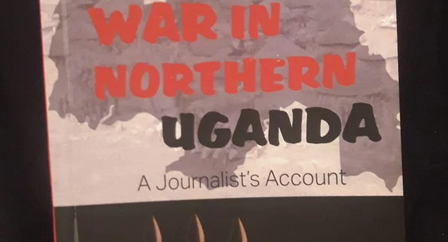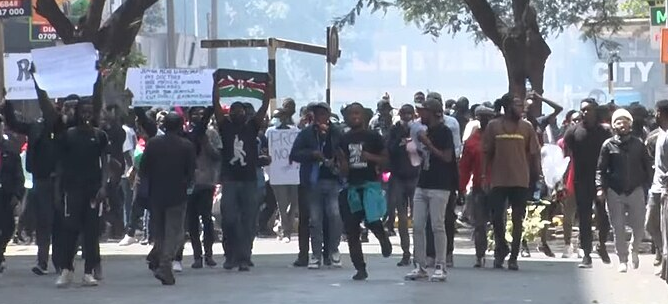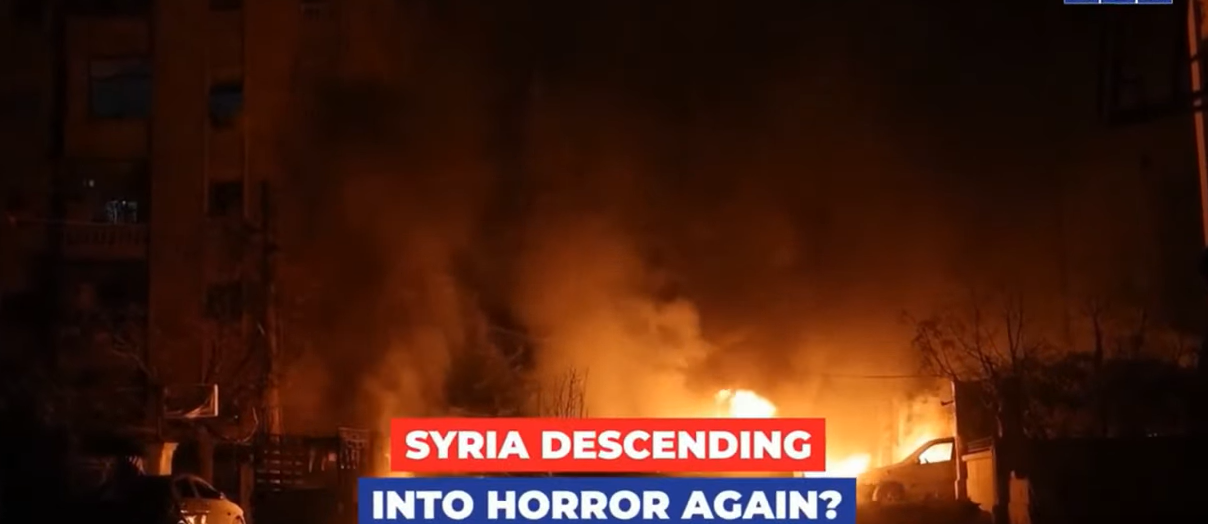Photo: Book Cover
The book ‘War in Northern Uganda: A Journalist’s Account’ is one that tells a story about an important period in Ugandan history.
The author of this book, John Muto-Ono p’Lajur, is a retired journalist and a former Uganda National Liberation Army (UNLA) soldier.
To the uninitiated, the UNLA served as the martial backbone of President Milton Obote’s second regime from 1980 to 1985.
War in Northern Uganda: A Journalist’s Account by John Muto-Ono p’Lajur does not tackle his experiences during Obote’s so-called second coming, however.
Instead, it is a literary digest of newspaper articles written by Muto about the war in northern Uganda after Yoweri Museveni came to power in 1986.
It shines an illuminating light on the Lord’s Resistance Army (LRA) led by Joseph Kony to throw this focus into sharper relief while refreshing the reader’s mind regarding the impact of war in Northern Uganda.
As most of us know, the war in the north has its roots in Museveni’s National Resistance Movement/Army (NRA/M) taking the reins of state power.
The NRA, originally primarily a force from the south of Uganda, allegedly exacted vengeance on the north for what it perceived as leaders from northern Uganda supposedly reducing Uganda to a shadow of its immediately post-independence self.
Therefore, by late 1987, a civilian resistance movement in the north led by Alice Lakwena attempted to climb the greasy pole towards recapturing state power.
By November 1987, however, Lakwena’s Holy Spirit Mobile Force was defeated by government forces only to be replaced by the Lord’s Resistance Army (LRA) in 1988.
The LRA ravaged northern Uganda, leaving scores of innocents being displaced, dismembered or dead.
Soon, there were cries for rapprochement with the rebels as is captured in the seventh article, written on January 20th, 1997, of this book.
It reads in part, “In a surprise twist, people in the war-torn Acholi sub-region are now pushing for a general amnesty for all rebel actions, including Kony’s LRA if it will end the northern insurgency. This general overview of the Acholi’s sentiments was given by the vice chairman of the Acholi Parliamentary Group, Absolom Ongom.”
The book chronicles the reconciliatory deliberations towards a peace process, focusing on the interaction between the rebels and government with a view to a negotiated settlement.
It does so by revealing the dialogical mechanisms set in motion in the interest of peace and as a means to identifying the principles which would underwrite this peace.
These dialogical mechanisms, the author reminds us, sought to re-examine the terms of misunderstandings that defined the supposed dichotomy between the north and south.
It is also chronicled here how the talks and talks about talks never really bore fruit.
In one article it is stated, “Gulu Woman Member of Parliament, Mrs. Betty Akech Okullu, has said that although President Yoweri Museveni loves the Acholi so much, he has surrounded himself with people who hate the tribe.”
Whether this is true or false, it might never be known unless the president is lobotomized and we can look within his head.
A lot of John Muto-Ono’s book may be used as a repository of the actual and factual information about the war in the north.
Thus, it will be of tremendous help to policy and decision makers as a reference guide in understanding the realities which led to nurturing and nature of that war.
It is also a huge help to academics or those interested in academic inquiry, who seek to approximate the sociological and political forces at play at the time.
Muto’s book, in this vein, draws an evidential and causal link between conflict in the north as a microcosm to potential war in Uganda (as a macrocosm).
Finally, and most importantly, Muto’s book serves as a reminder of how Uganda’s dark history may be repeated, if it is forgotten.







